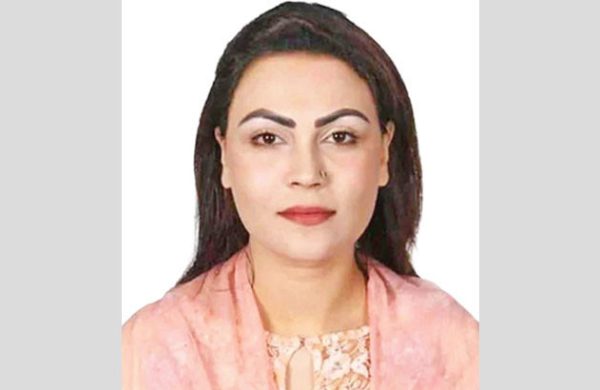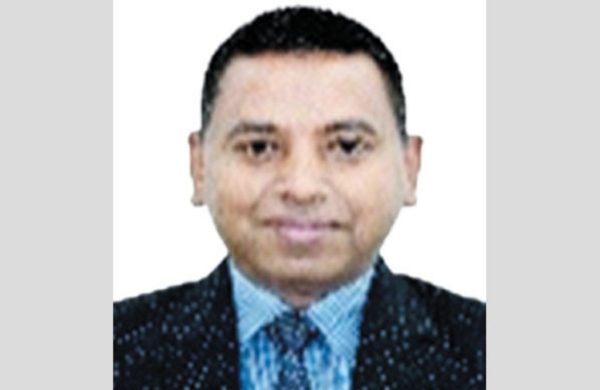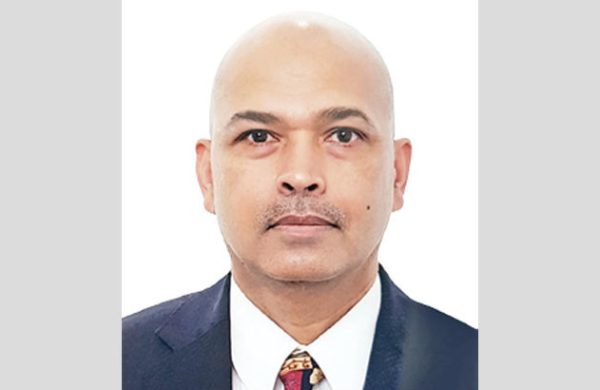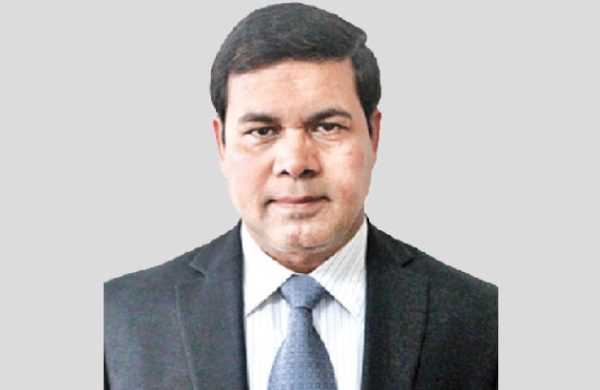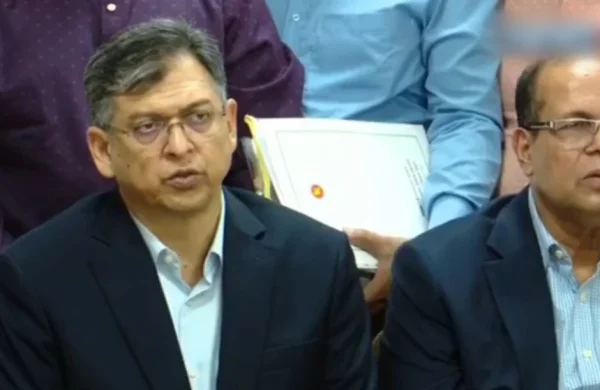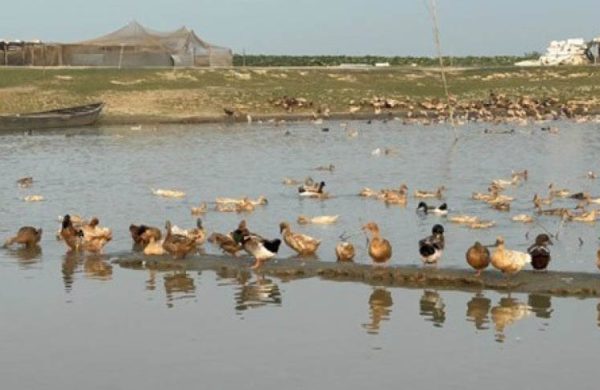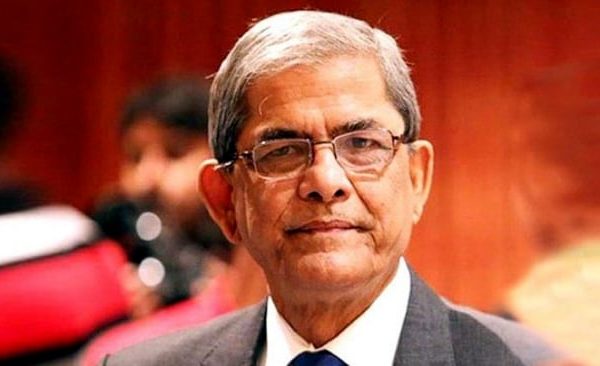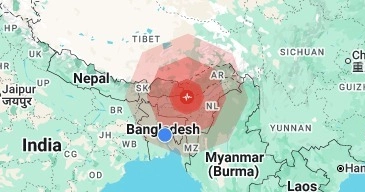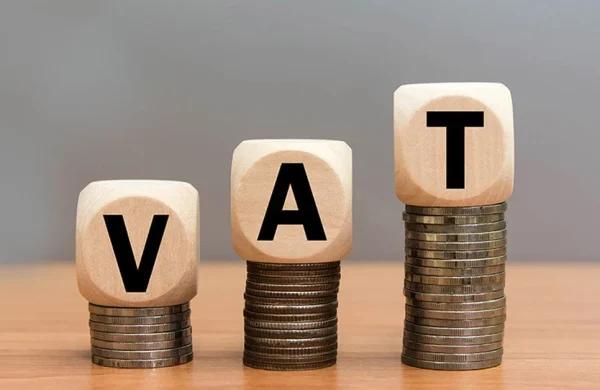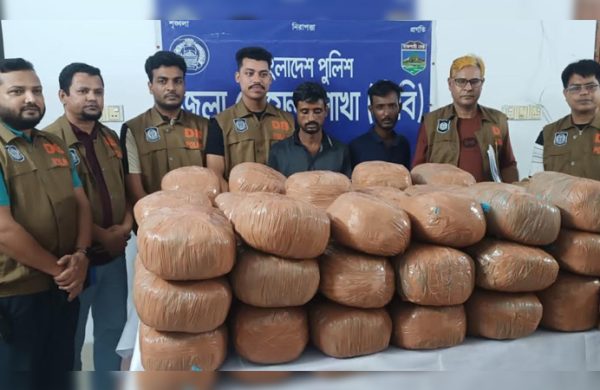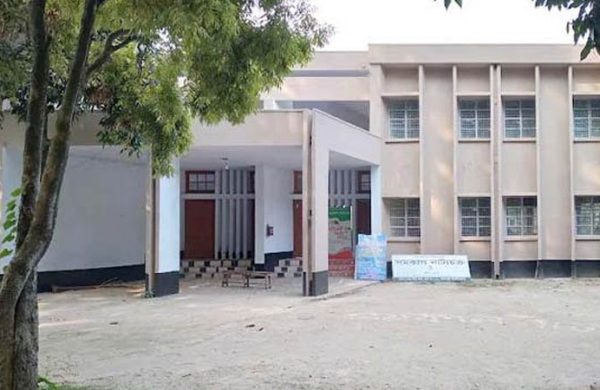Decline in Investment Triggers Economic Slodown
- Update Time : Monday, May 5, 2025
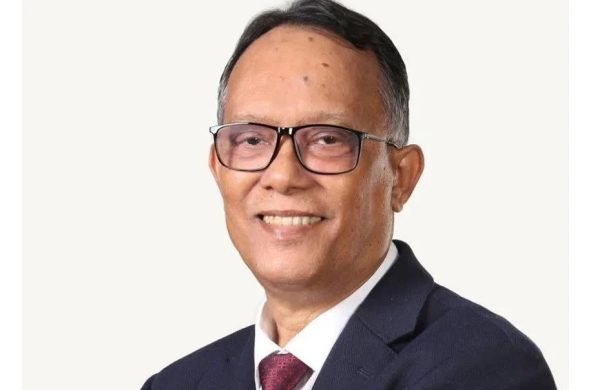
—T.I.M. Nurul Kabir—
In its Bangladesh Development Update published in April, the World Bank revised down its GDP growth projection for the fiscal year 2024–25 to 3.3 per cent. This is a significant decrease from the 4.1 per cent forecast made in January. The World Bank’s South Asia Development Update, also released in April, attributed this sluggish growth to reduced investment in the first three quarters of the fiscal year, which has contributed to the overall economic downturn.
The first quarter of the current fiscal year was marked by mass protests, curfews, and internet shutdowns, all of which severely disrupted economic activity. In light of the political instability and economic crisis, foreign direct investment (FDI) between July and September plummeted to just USD 104.33 million. According to Bangladesh Bank, the corresponding figure during the same period in the 2023–24 fiscal year was USD 360.5 million.
In its Asian Development Outlook published in April, the Asian Development Bank (ADB) also revised its GDP growth forecast, lowering it from 4.3 per cent to 3.9 per cent due to the prevailing economic challenges. High inflation and steep interest rates have discouraged investors, weakening the pace of growth. Political uncertainty, unpredictable policy frameworks, high interest rates in the banking sector, and the global trade war are expected to continue limiting both domestic private investment and FDI for the remainder of the fiscal year.
To attract more investment, the Bangladesh Investment Development Authority (BIDA) hosted the Bangladesh Investment Summit 2025 in April. The summit aimed to present Bangladesh as a rapidly growing economy with ample investment opportunities. This initiative sought to challenge and transform longstanding negative perceptions among international investors and open a new chapter for the country.
The private sector, especially the export-oriented ready-made garment industry, has played a significant role in Bangladesh’s economic transformation. Outside the agricultural sector, the creation of employment in modern industry and services, along with rising per capita income, increasing household consumption, and the expansion of the middle class, have made Bangladesh an attractive market for foreign investors.
Bangladesh’s top FDI sources include the United Kingdom, the United States, Singapore, China, Japan, the Netherlands, Hong Kong, Norway, India, and Malaysia. According to Bangladesh Bank, in FY2023–24, the textile and garment sector attracted the highest FDI at USD 436 million, followed by the banking sector with USD 230 million. Other significant sectors include pharmaceuticals and chemicals, power, gas and petroleum, and food processing. Promising opportunities also exist in sectors like semiconductors, renewable energy, and the Bay of Bengal-based blue economy.
Following its graduation from the list of Least Developed Countries (LDCs) in November 2026, Bangladesh will lose preferential duty-free market access in developed and developing countries. This could jeopardise its competitiveness in export markets. FDI plays a crucial role in maintaining competitiveness and supporting industrialisation. Historically, FDI has significantly contributed to the economic transformation of developing countries such as China, Mexico, Vietnam, and India since the 1980s.
FDI can help generate employment in the manufacturing sector, facilitate the transfer of technology and knowledge, and stabilise foreign currency reserves. While Bangladesh is considered a highly promising FDI destination, it still lags in creating an investment-friendly environment. Reports by the World Bank and especially the International Finance Corporation (IFC) have consistently identified key barriers to investment, including corruption and bureaucratic red tape. Additional constraints include tax policies, customs exemptions, and profit repatriation issues.
Port infrastructure in Bangladesh remains underdeveloped. As international trade grows, port management may face significant challenges. Moreover, the sustainability of energy supply remains a major concern for foreign investors. Sudden policy shifts are another major source of concern. When government policies change frequently, particularly tax policies, investor confidence declines due to increased business uncertainty, making it difficult to make long-term investment decisions.
The Bangladesh Investment Summit 2025 achieved some notable milestones in building investor confidence. It was attended by 415 foreign delegates from 50 countries, with the highest number of participants from China, the US, and the UK. A substantial number of local entrepreneurs and business leaders also joined. The summit showcased updated information on government investment policies and infrastructure development. Detailed discussions were held on investment prospects in key sectors such as renewable energy, the digital economy, textiles and garments, healthcare and pharmaceuticals, and agricultural processing.
The summit received preliminary investment proposals worth around Tk 31 billion. Several important memorandums of understanding (MoUs) were also signed. Among the most significant was Bangladesh’s accession to NASA’s Artemis Accords, marking a historic milestone that will enhance cooperation in space exploration. Other MoUs, including one between SolarPower Europe and the Bangladesh Solar and Renewable Energy Association, have opened new doors for economic development.
Bangladesh has long lagged behind peer economies and competing exporters in attracting FDI. Despite being South Asia’s second-largest economy, Bangladesh ranks fourth in FDI inflow within the region. According to UNCTAD’s World Investment Report 2023, FDI inflow in Bangladesh amounted to just 0.75 per cent of its GDP. In contrast, Maldives attracted FDI worth 11.70 per cent of GDP in 2022, while Sri Lanka, despite severe economic turmoil, managed 1.20 per cent.
FDI supports physical capital formation, job creation, technology transfer, and integration into the global market. To expand internal commerce, import-export operations, and investment, a coordinated and active effort is required from all public and private stakeholders to create an investor-friendly environment. Currently, Bangladesh’s primary FDI attraction lies in its cheap labour. However, to ensure sustainable investment, the country must transition away from this model and focus on economic diversification, adoption of advanced technologies, development of a skilled workforce, and fostering innovation.
To overcome post-LDC graduation challenges in 2026 and leverage opportunities as a developing economy, Bangladesh needs to adopt a detailed and forward-looking strategy. This includes actively pursuing bilateral and regional trade agreements with key partner countries, improving export product quality to meet global market demands, prioritising high-value sectors for export diversification, and attracting FDI in promising areas like renewable energy, the digital economy, and agricultural processing. At the same time, effective communication and partnerships among domestic and foreign investors, policymakers, academia, and other stakeholders will be essential to ensuring a truly investment-friendly climate.
————————————————————–
The author is a business, investment and technology analyst. Email: [email protected]


